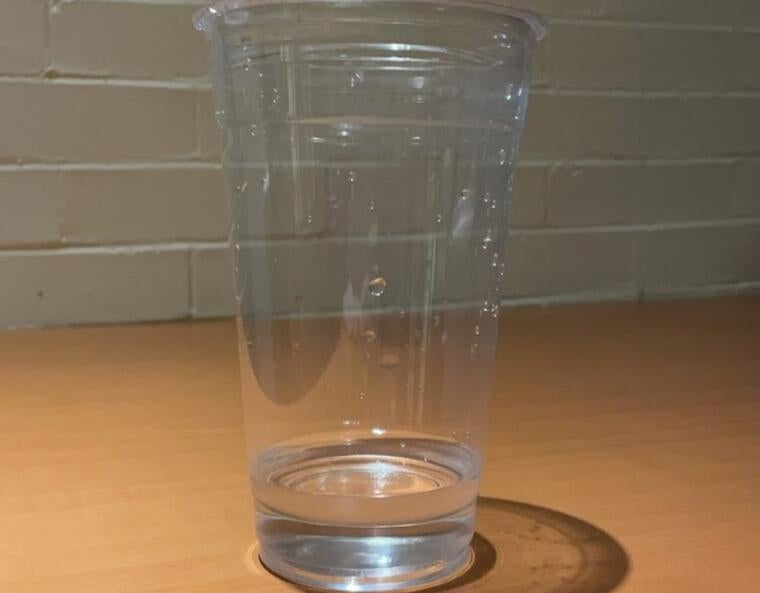
Problem Sets, or p-sets, are at the heart of many STEM classes, at Yale or otherwise. I’ve had to endure many p-sets in the past, and undoubtedly I’m going to encounter many more of them in the future. Here are some of the tips and tricks I’ve picked up over the years after many, many hours of problem-solving! Please note that this is merely how I approach these sets, so take this advice with a grain of salt, as different approaches can work better for different people.
GET A STUDY GROUP. I cannot begin to emphasize how important getting a group of friends/classmates to do problem sets is. Doing so not only diversifies thinking and builds collaboration skills by letting you bounce ideas off others, it also makes the whole thing more enjoyable. Believe me, working on a physics problem all alone at 5AM is miserable. Save yourself the pain and find some people to work on the problems with. Ask around and see if any of your friends are in the class and form a group with them! Or, if you happen to know absolutely no one in your class, pick a random place to sit during class or lecture and ask the people next to you! Make sure to do this early in the year, though— a lot of these groups will form quickly.
Next, read the problem. Twice. No matter how intelligent my friends and I consider ourselves, we’ve all fallen victim to the classic blunder of misreading a problem and endlessly chasing a flawed prompt that is guaranteed to end in doom. Always make sure what you read is right and that you understand what the problem is asking for! Check carefully for any pieces of information you could extract from the prompt and try to use as many of them as possible (if not all of them). For example, does a physics problem provide the values of any constants or variables? Try to think of equations that incorporate them! They will likely come in handy. Also, check materials from the previous lecture/class! A problem on the set might resemble an example that was shown, and recent concepts are usually the focal points of the problem set anyway.
It also helps to identify what exactly the problem wants you to do and how it wants you to do it. Although this may seem silly and/or trite, I find that it helps me get oriented and search for ways to begin the problem. That being said, sometimes, you’ll be able to instantly know how to solve the problems. Other times, you won’t. That’s normal. Identify a few ways to approach the problem and try them out. If one of those ways works, great! Write it down on some scratch paper first, then write out the solution first; eraser marks on homework don’t look nice and can have an effect on visibility. If you’re stumped, ask your friends, or if they can’t help, then a TF or professor! Office hours are also great for asking questions, seeing what other people are asking, and getting to know the TF and professors as well!
And that’s it! Just rinse and repeat for every problem on every problem set of the semester. It’s much easier said than done, but once you get used to it, it isn’t that bad! Good luck!

















